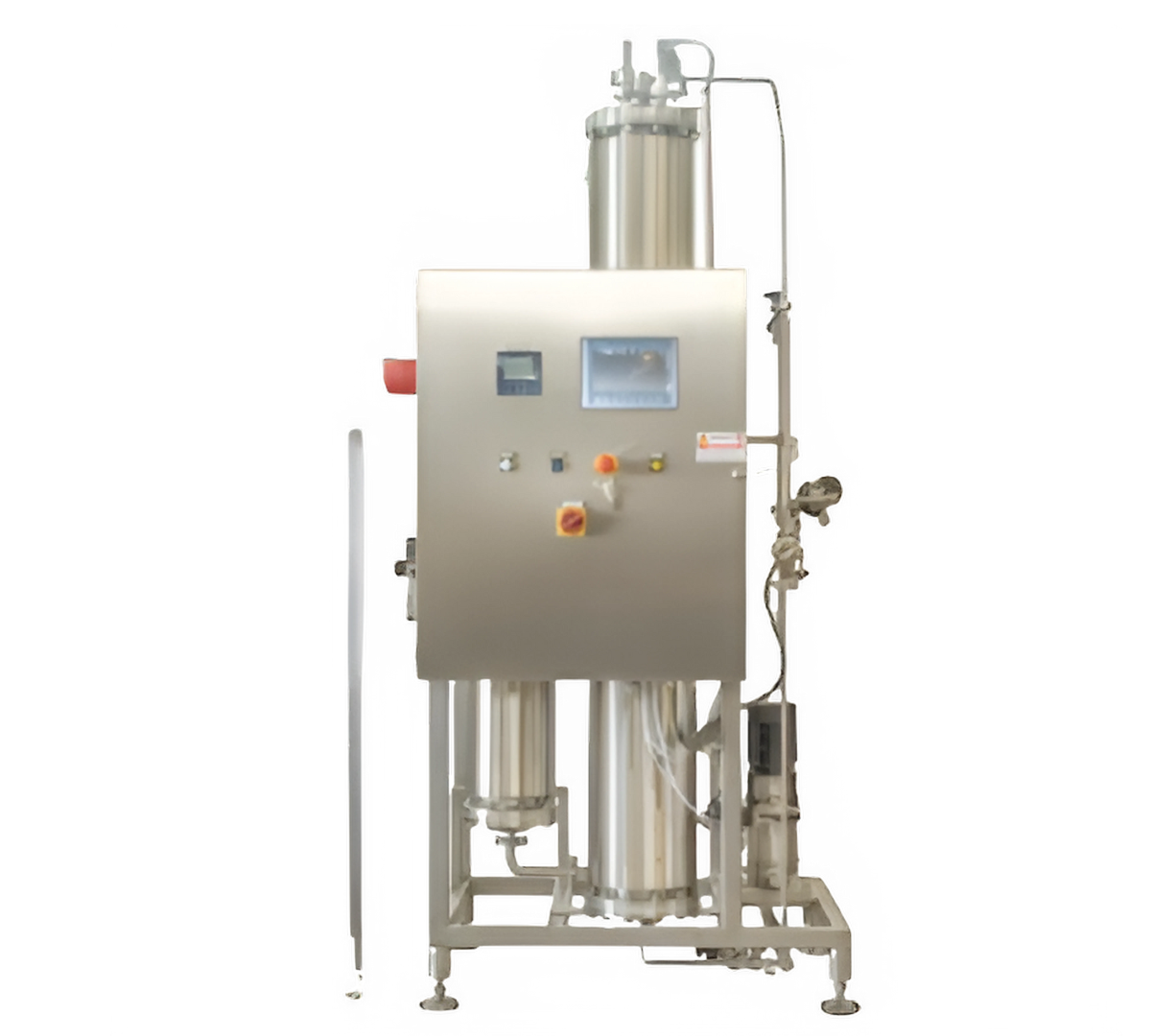A Heat Exchanger is one of the most vital devices in modern industries. It transfers heat efficiently from one medium to another without mixing them. From chemical plants to food processing, and from HVAC systems to power stations, heat exchangers ensure smooth operations while saving energy.
At G. T. Metals and Tubes, we specialize in designing and delivering durable, high-performance heat exchangers built with precision engineering and quality materials.
What is a Heat Exchanger?
A heat exchanger is a device that facilitates the transfer of heat between two or more fluids at different temperatures. The fluids can be gases, liquids, or a combination of both.
Instead of allowing the fluids to mix, a separating wall or surface ensures that only heat energy is exchanged. This makes the process both safe and efficient, especially in industries where contamination cannot be tolerated.
How Does a Heat Exchanger Work?
The working principle of a heat exchanger is based on thermodynamics. Heat naturally flows from hot to cold mediums. The exchanger maximizes this process by creating the largest possible contact area between the fluids.
- Hot fluid enters one side of the system.
- Cold fluid flows through another channel.
- Heat transfers across the surface without mixing fluids.
This mechanism allows industries to reuse energy, reduce costs, and maintain process stability.
Types of Heat Exchangers
Different industries need different designs. Below are the most common types of heat exchangers used worldwide.
1. Shell and Tube Heat Exchanger
This is the most widely used design. It features a bundle of tubes inside a cylindrical shell. One fluid flows through the tubes while the other circulates around them. It is best suited for high-pressure and high-temperature applications.
2. Plate Heat Exchanger
Composed of multiple thin plates arranged in a stack, this exchanger offers a large surface area for heat transfer. Compact and efficient, it is widely used in food processing, pharmaceuticals, and HVAC systems.
3. Air-Cooled Heat Exchanger
When water is scarce, industries use air as the cooling medium. Fans blow air across finned tubes, removing heat efficiently. These exchangers are popular in refineries and power plants.
4. Double Pipe Heat Exchanger
This simple design features two pipes, one inside the other. The fluids move in opposite directions, maximizing heat transfer. It is cost-effective and best for small-scale operations.
5. Condensers and Evaporators
Specialized types used in refrigeration and HVAC systems. Condensers release heat by turning vapor into liquid, while evaporators absorb heat to produce cooling.
Applications of Heat Exchangers
The heat exchanger is used across diverse industries due to its adaptability. Some key applications include:
- Power Plants: To produce steam and recover waste heat.
- Oil & Gas: Essential in refining, cooling, and processing operations.
- HVAC Systems: Maintain comfortable indoor temperatures in homes and offices.
- Food & Beverage: Control process temperatures for safety and quality.
- Pharmaceuticals: Maintain sterile environments by regulating heat.
- Chemical Industry: Ensure controlled reactions by removing or supplying heat.
Benefits of Using Heat Exchangers
The advantages of integrating a heat exchanger in industrial setups are significant:
- Energy Savings: Transfers and reuses heat that would otherwise be wasted.
- Cost Reduction: Lowers fuel and electricity consumption.
- Compact Design: Modern exchangers are space-efficient.
- Versatility: Suitable for diverse industries and processes.
- Reliability: Provides long-lasting performance when maintained properly.
Materials Used in Heat Exchangers
Choosing the right material ensures durability and efficiency. At G. T. Metals and Tubes, we use premium materials that match industrial needs.
- Stainless Steel: Corrosion-resistant and ideal for hygienic industries.
- Copper Alloys: High thermal conductivity for HVAC and refrigeration.
- Titanium: Excellent for marine and chemical industries due to corrosion resistance.
- Carbon Steel: Strong and cost-effective for heavy-duty applications.
Maintenance of Heat Exchangers
Regular maintenance ensures the long life and performance of a heat exchanger. Recommended practices include:
- Cleaning: Remove scaling and deposits that block heat transfer.
- Inspection: Check for corrosion, leaks, and pressure issues.
- Testing: Conduct periodic pressure and efficiency tests.
- Replacement: Timely replacement of damaged parts avoids costly breakdowns.
Well-maintained exchangers deliver consistent efficiency and reduce downtime.
Future Trends in Heat Exchanger Technology
The demand for heat exchangers is evolving with global sustainability goals. Emerging trends include:
- Compact Modular Designs: Flexible, easy-to-install exchangers.
- Smart Monitoring Systems: IoT-enabled systems for real-time efficiency checks.
- Nano-Coatings: Advanced materials to resist corrosion and fouling.
- Sustainable Solutions: Focus on reducing emissions and energy wastage.
These innovations will transform energy management across industries.
Why Choose G. T. Metals and Tubes?
At G. T. Metals and Tubes, we bring expertise, innovation, and reliability to every heat exchanger we produce. With strict adherence to international standards, high-quality raw materials, and a customer-focused approach, we deliver solutions that enhance efficiency and durability.
Whether you require a standard design or a custom-built system, our team ensures precision engineering that meets your operational needs.
Conclusion
A heat exchanger is more than just an industrial device—it is a solution for energy efficiency, cost savings, and process optimization. With various types, applications, and future-ready designs, it plays an indispensable role across industries.
At G. T. Metals and Tubes, we pride ourselves on delivering high-quality, reliable, and efficient heat exchangers tailored to your specific requirements. Choosing the right exchanger ensures not only productivity but also long-term sustainability.
